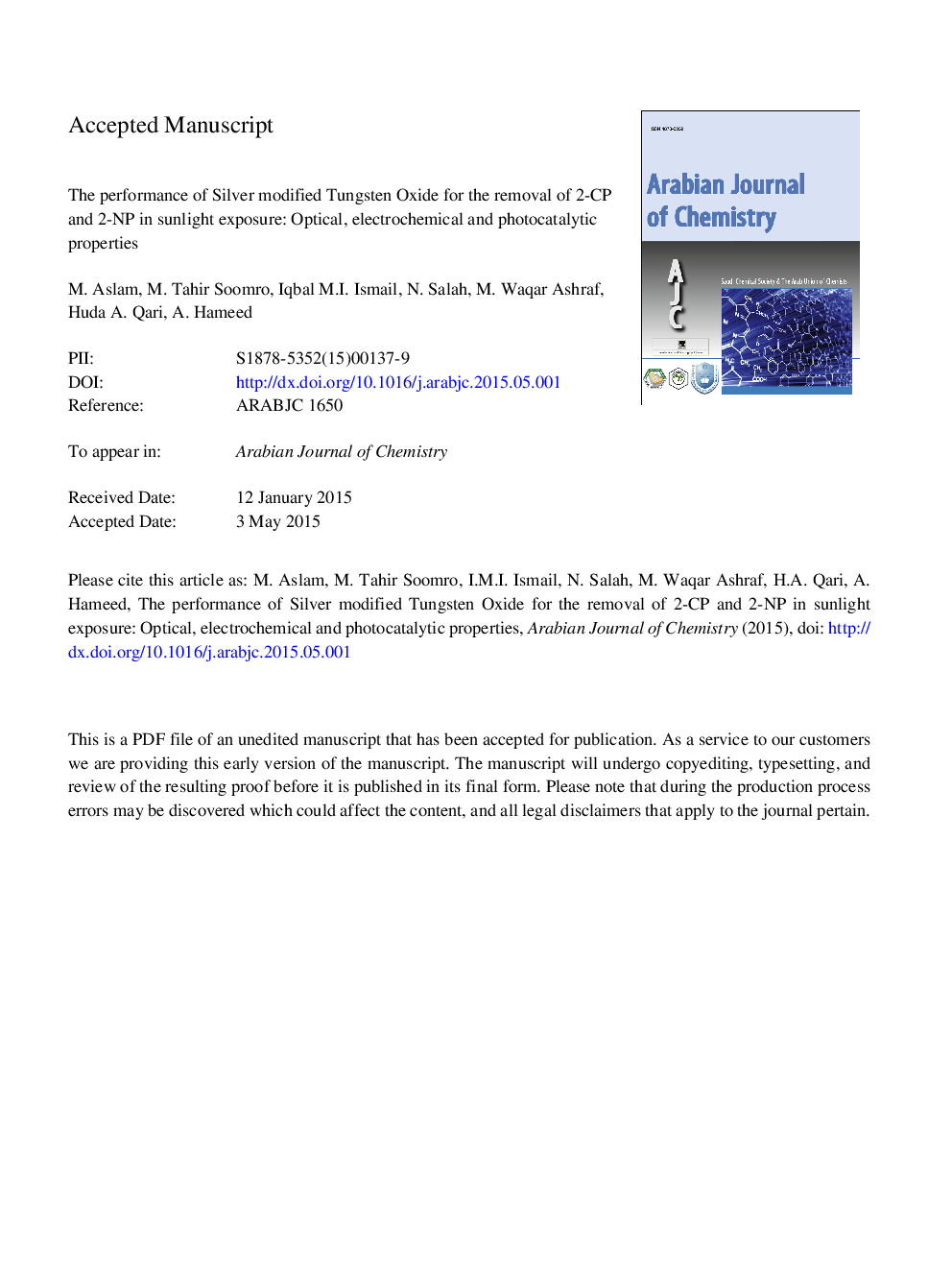| Article ID | Journal | Published Year | Pages | File Type |
|---|---|---|---|---|
| 7060321 | International Journal of Multiphase Flow | 2015 | 36 Pages |
Abstract
We report a systematic simulation of immiscible fluid-fluid displacements in the presence of phase change (condensation). To track the leading interface position, two highly accurate methods including Level Set and Immersed Interface Method were used, while for locating the trailing interface an energy equation was adopted assuming the existence of a uniform thin condensate layer. Numerical results revealed significant effects of the capillary (Ca) and Jacob (Ja) numbers as well as the viscosity ratios of the three phases on the development of the instability and the interfacial morphology of the finger structures. Increasing Ca or the viscosity ratio tends to amplify the interfacial instability, fingertip splitting, and results in longer fingers. In contrast, increasing Ja has stabilizing effects. As condensation takes place at the steam-condensation interface, it results in opposing effects to the destabilizing hydrodynamic forces and hence attenuates their role in the growth of the instability. This effect is found to be strong at small Ca and viscosity ratios and at large Ja. Produced accumulated condensate and oil saturation depletion curves during the injection process show increasing and decreasing trends, respectively, when Ca increases. Similar trends for the variation of the accumulated condensate with the viscosity ratio and Ja were found.
Related Topics
Physical Sciences and Engineering
Chemical Engineering
Fluid Flow and Transfer Processes
Authors
Majid Ahmadlouydarab, Jalel Azaiez, Zhangxin Chen,
